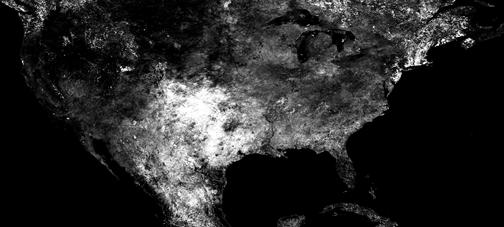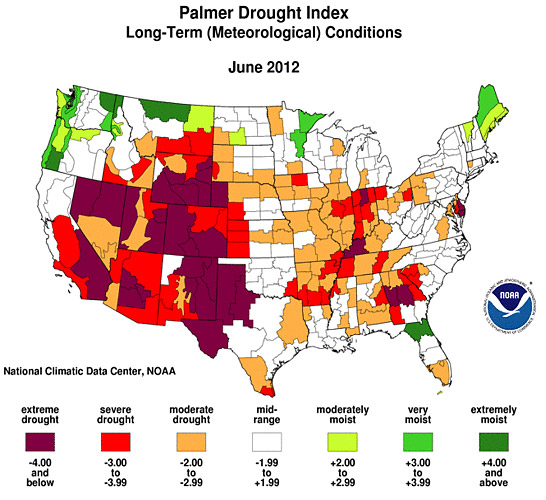Posted 01/17/13
Recent climate change has been associated with an increase in extreme weather events, such as droughts, heat waves, and cold snaps. Birds have been shown to be particularly vulnerable to extreme weather, but no cohesive broad-scale analysis of the effects has been done on individual species. Jessica Gorzo, PhD candidate, is working on just that. Understanding these effects will allow land managers to develop better adaptive management strategies to conserve species.

Global climate change is increasing the incidence of extreme weather events, such as droughts, heat waves, and cold snaps. These extreme events will affect life on our planet, but the extent and severity of the impact is not yet well understood. Jessica Gorzo, PhD candidate, is particularly interested in how extreme weather affects forest songbirds.Several extreme weather events are thought to affect birds, including droughts (below average precipitation), heat waves (above average temperatures) and early spring cold snaps (below average temperatures during critical phenological stages of plant and animal species utilized by birds). Not just the increased incidence of these events, but also changes in the intensity (how unusual, or extreme, they are) and the duration (how long they last) could be important. Extreme events can alter temporal and spatial availability of both habitat and food sources.To see what impact these changes may have, Gorzo will be combining several data sources. Bird abundance data will come from the North American Breeding Bird Survey (BBS; Fig. 1), which consists of more than 4000, routes, each 24.5 miles long, distributed throughout the US, which are traversed by citizen-scientist birdwatchers once per year. She will also use data from the Monitoring Avian Productivity and Survivorship (MAPS) program. Temperature and vegetation data will largely come from remotely-sensed satellite data (Fig. 3)

In order to match weather data to the routes, she will create buffer zones around each BBS route. Within each buffer, it is possible to compute anomalies, or the amount that the current measurement differs from the average over the whole time period. Gorzo will then fit statistical models that seek to relate average anomalies in buffers to changes in abundance from year to year. The analysis will cover the years 2003-2012.What is truly special about Gorzo’s current work is that she will be modeling individual species (Fig. 4), about 25 in all. It is thought that each species might respond uniquely to extreme weather events, and thus a complete understanding of the impacts will require species-level analyses.

The results of Gorzo’s research will ultimately help land managers to understand the range of potential responses of the species for which they have responsibility, and to develop management strategies that meet the needs of all these species. This might involve prioritizing land acquisition in places where a species is likely to find suitable habitat or food during extreme events. Since extreme events are expected to increase in frequency and intensity in the near future, it’s becoming ever more important to understand the complex relationships between birds and extreme weather.”
Story by Nicholas Keuler
